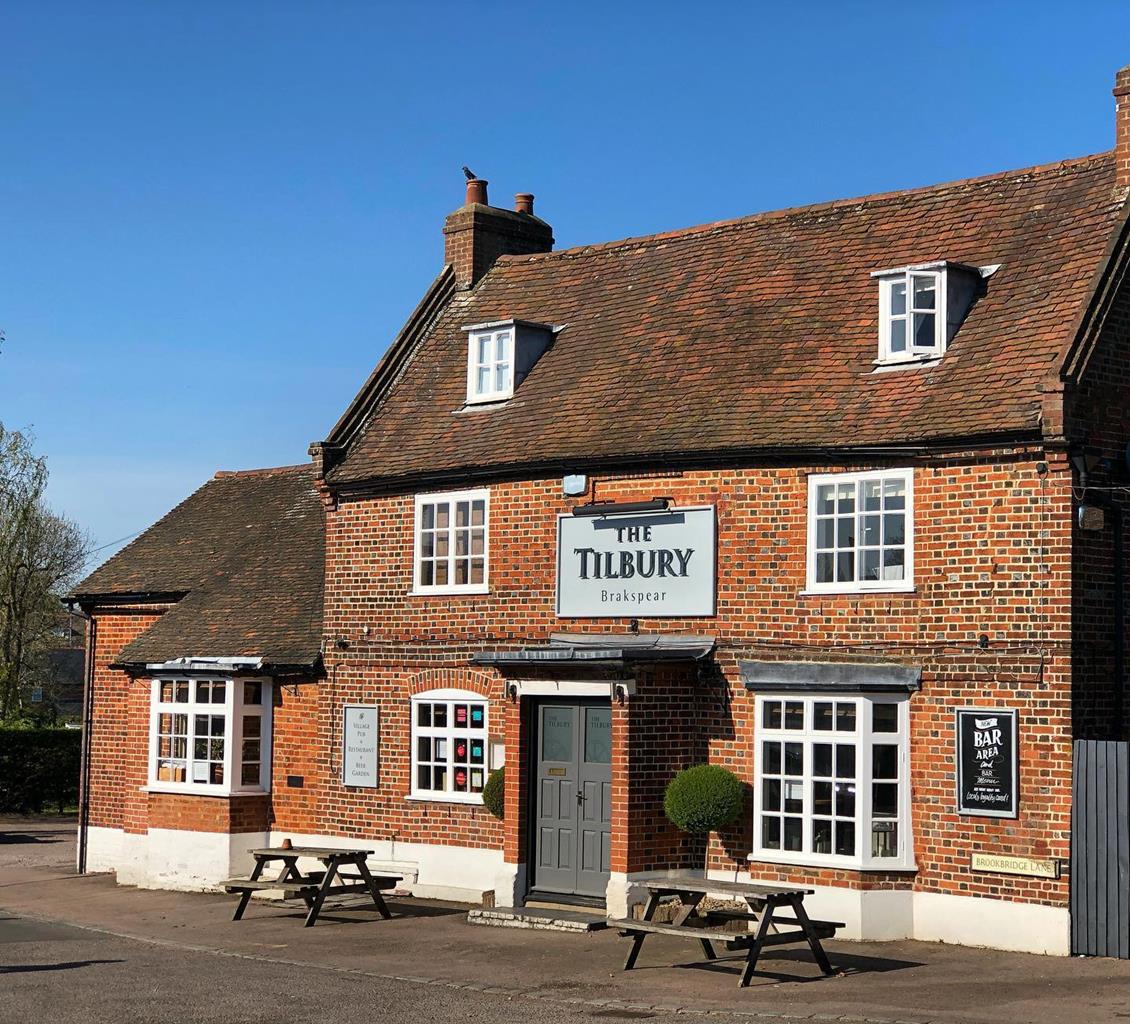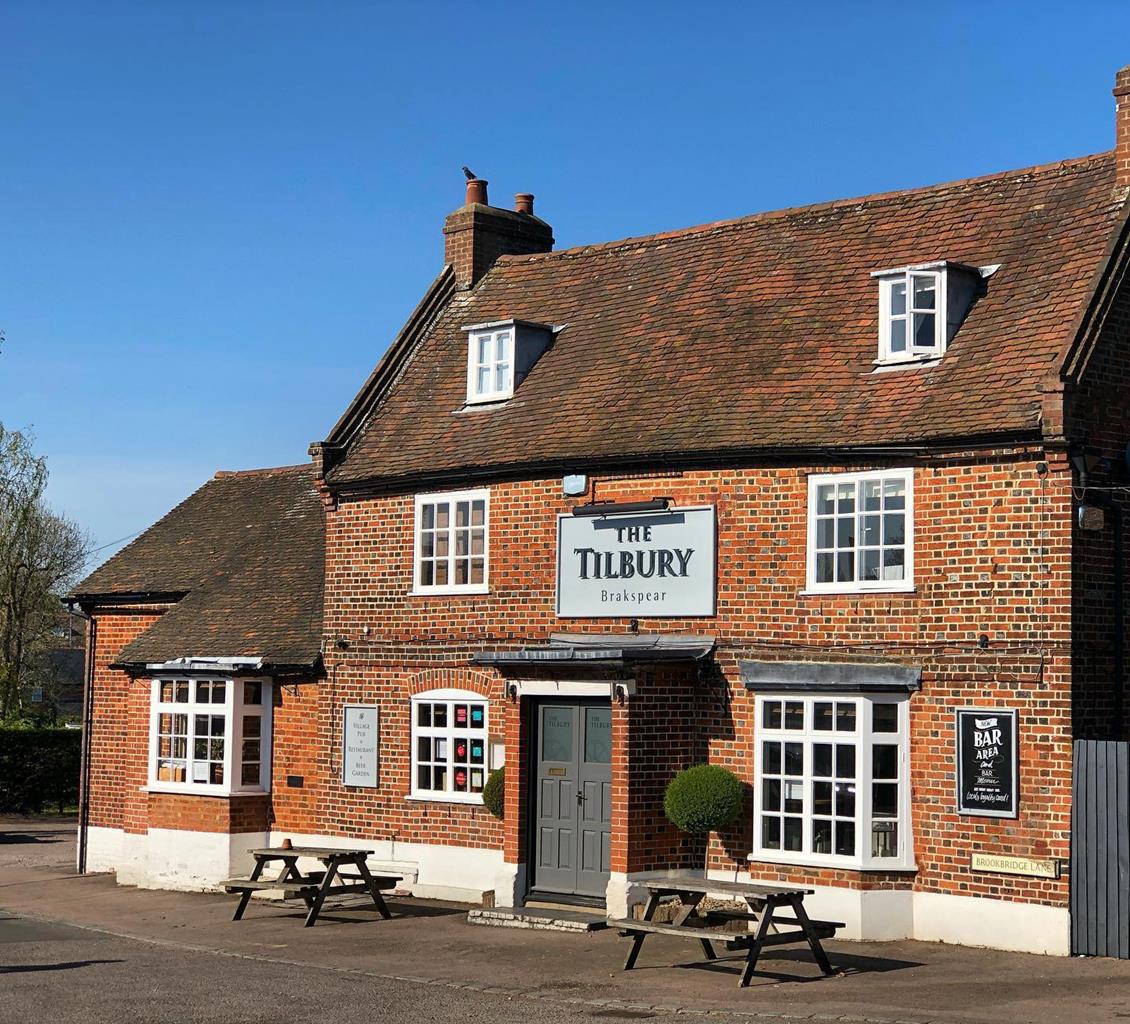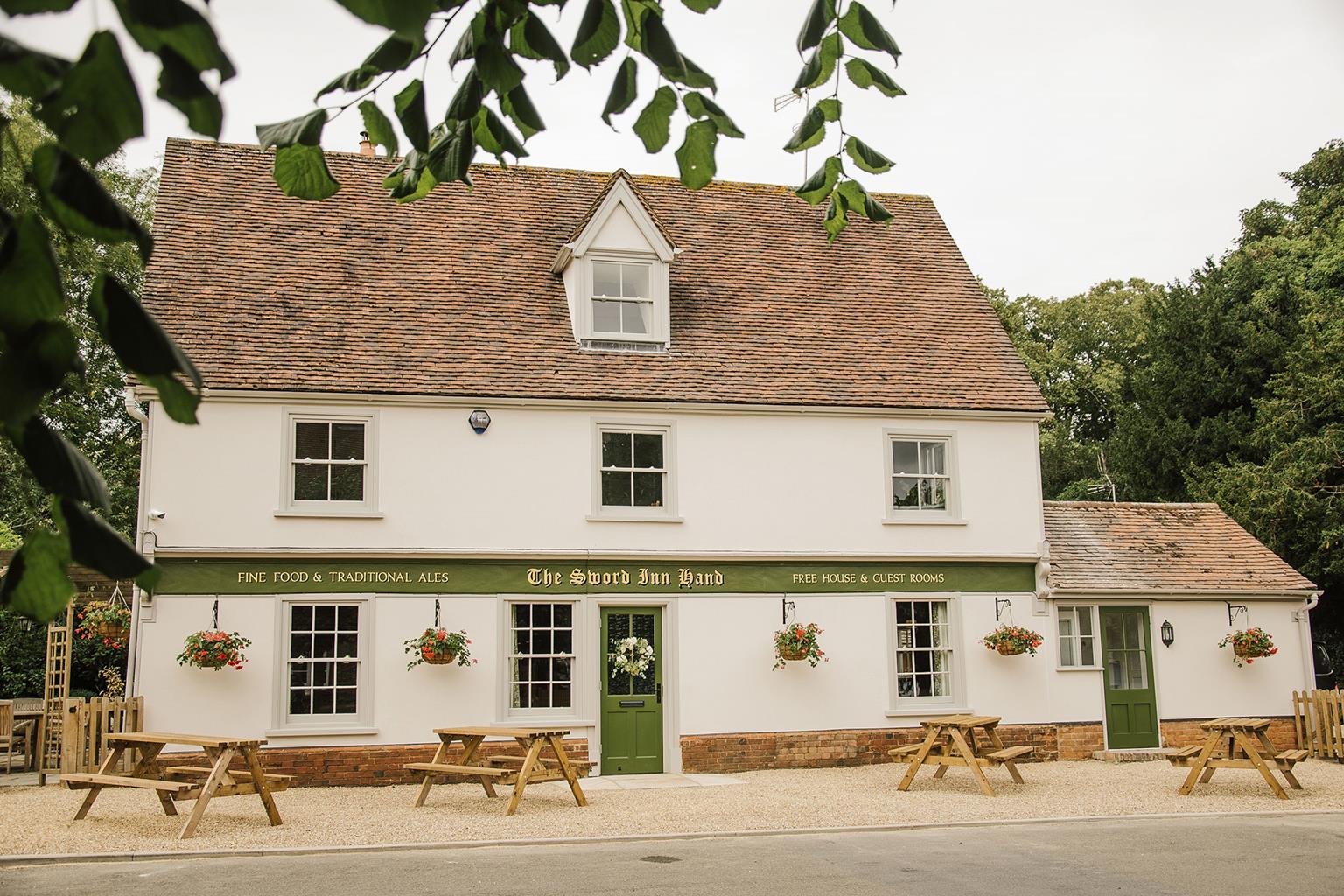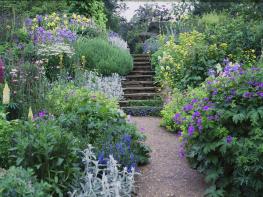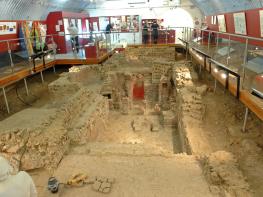This site provides much needed camping facilities close to London. Situated on level ground…
Ware and Hertford

6 miles (9.7kms)
About the walk
The strategic, if not economic, importance of Hertford can be seen in the remains of its Royal castle. However the town has Anglo-Saxon origins – well before this feudal castle was built in 1067. During the reconquest of the Danelaw by King Edward the Elder (ruled AD 899–924), the son of Alfred the Great, this settlement at a ford across the River Lea became part of written history. The Anglo-Saxon Chronicle records of AD 913 state:
'In this year, after Martinmas (11 November), King Edward had the more northerly fortress at Hertford built, between the Mimram and the Beane and the Lea. Another part of his forces built the fortress at Hertford meanwhile on the southern bank of the Lea.'
The latter is now Hertingfordbury, 'bury' being from the Anglo-Saxon 'burh' or defended town.
However the northern burh, Hertford, actually on the river, prospered while Hertingfordbury remains a small village. By 1011 the burh had become the centre of an administrative area, the county or shire of Hertfordshire. It also had two marketplaces, a mint for coinage and its own town 'reeve', a high official seen as a forerunner to the mayor. When the Normans conquered England Hertford received its castle, initially a motte-and-bailey type. These were the best days economically as soon nearby Ware on Ermine Street rapidly overtook Hertford. Although Hertford kept its county town status, by 1338 its taxable value was half that of Ware.
The motte of Hertford's castle survives to a height of 22ft (6.7m). There is also some 12th-century curtain walling, but the most impressive surviving structure is the three-storey, brick gatehouse built for Edward IV in the 1460s. The castle's most famous military event was its capture after a 25-day siege in 1216 by Prince Louis, the Dauphin of France.
Our route visits several of Hertford's other sights: Parliament Square, laid out in 1821; James Adam's former Shire Hall of 1769; the Salisbury Arms of 1570; and Christ's Hospital School, which was founded in London by Edward VI for poor children – the juniors moved here in 1683. At Bengeo (before you reach Hertford) you'll find the rare, virtually intact, Norman parish church. It has an attractive 18th-century brick porch, evidence of an anchorite or hermit's cell, and some 13th-century wall paintings.
Walk directions
From the car park walk down East Street, past the entrance to Bluecoat Yard, to merge with High Street. Past the Town Hall and church, the road curves right into Baldock Street. At the roundabout turn left into Watton Road, then straight on along Park Road past GlaxoSmithKline factories. At a fork continue along Park Road.
Cross the A10 bridge to a lane. Go through a metal gate by a waymarker then go left, parallel to the remnants of an avenue lined with lime trees. Cross an arable field and carry straight on, into woodland and cross a private drive, shortly bearing left to descend to the valley.
At a lane go left across a bridge and bear right along a lane, the river to your left. Once across the river bridge go immediately left through a gap by a public footpath sign, heading for the River Lea bridge. Go right, climbing from the valley towards a house in Bengeo.
After visiting Bengeo's Norman St Leonard's Church, continue westwards, downhill. Keep right at a fork to reach ornamental gates, then turn left on to Port Hill, now in Hertford.
Go downhill, then bear left into Cowbridge. Cross the river, pass McMullen's Brewery, and turn right into St Andrew Street. Past the church go left on a footpath. Cross a footbridge, then turn left through a gate by a playground, into Hertford Castle's grounds.
Cross a stream and turn left to walk past the gatehouse and go out between gate-piers. Turn right to Parliament Square. Turn left into Fore Street, then left again into Market Street. Next, turn right past the Duncombe Arms. Go straight on across Bircherley Green, left into Railway Street and along to the station forecourt. Turn left here into Mill Road.
Carry on into Dicker Mill. Go right before the bridge to the tow path. Follow this to Hertford Lock 1.
Go through the gate and head left towards a white-railed bridge. Cross it and go left to the New Gauge building. Through the gate turn right to follow the Lee Navigation under the A10 and on into Ware.
Passing the gazebos, many of which are 18th century, ascend to the modern road bridge and turn left back into town.
Additional information
Town streets, field and riverside paths
Two townscapes, water-meadows, woods and river cliffs
On lead in towns and near livestock
OS Explorer 194 Hertford & Bishop’s Stortford
Kibes Lane car park, off High Street, Ware
By Castle, Hertford
WALKING IN SAFETY
Read our tips to look after yourself and the environment when following this walk.
Find out more
Also in the area
About the area
Discover Hertfordshire
As Hertfordshire is so close to London, many of its towns have become commuter havens. St Albans, less than 19 miles (30km) from the capital, has retained its distinctive character, along with many historic remains. The Roman city of Verulamium is situated in a nearby park, and excavations have revealed an amphitheatre, a temple, parts of the city walls and some house foundations. There are also some amazing mosaic pavements.
The abbey church at St Albans is thought to have been built on the same site where St Alban met his martyrdom in the 3rd century. The abbey was founded in 793 by King Offa of Mercia, and contains the saint’s shrine, made of Purbeck marble. Lost for years, it was discovered in the 19th century, in pieces, and restored by the designer of the red telephone box, Sir Giles Gilbert Scott. The abbey also contains some wonderful medieval wall paintings. Nicholas Breakspear was born in St Albans, the son of an abbey tenant. In 1154 he took the name Adrian IV, and became the first, and so far only, English pope. Another famous son of Hertfordshire was Sir Francis Bacon, Elizabethan scholar and Lord High Chancellor, born in Hemel Hempstead in 1561.
Nearby stays
Restaurants and Pubs
Nearby experiences
Recommended things to do
Why choose Rated Trips?
Your trusted guide to rated places across the UK
The best coverage
Discover more than 15,000 professionally rated places to stay, eat and visit from across the UK and Ireland.
Quality assured
Choose a place to stay safe in the knowledge that it has been expertly assessed by trained assessors.
Plan your next trip
Search by location or the type of place you're visiting to find your next ideal holiday experience.
Travel inspiration
Read our articles, city guides and recommended things to do for inspiration. We're here to help you explore the UK.

